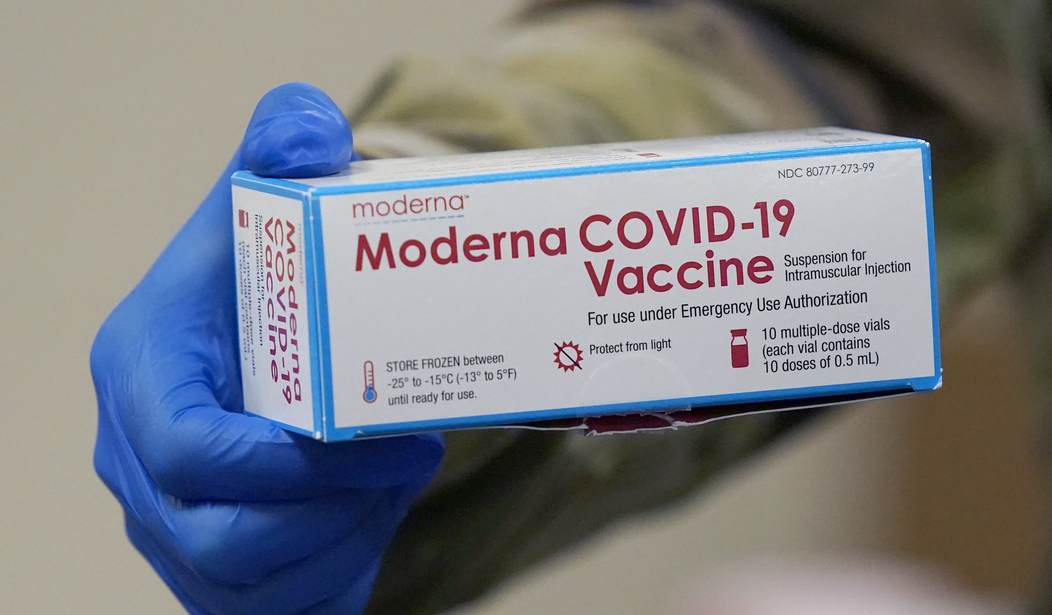Just as Pfizer is receiving its full approval from the FDA, this is probably the last headline that their competitors at Moderna wanted to see. Japan has now suspended the distribution of more than a million of the Moderna doses after some form of unspecified contamination was found in some of the unused vials. This is also bad news for Japan, which has struggled to purchase enough doses for its population and is still lagging in overall vaccination rates across the country. What is yet to be determined is if the vials were bad when they were shipped or if something happened to them during transport and storage. Either way, the brakes have been put on once again and this could potentially delay Moderna’s full approval even further. (Associated Press)
Japan suspended use of about 1.63 million doses of Moderna vaccine Thursday after contamination was found in unused vials, raising concern of a supply shortage as the country tries to accelerate vaccinations amid a COVID-19 surge.
The health ministry said contamination was reported from multiple vaccination sites. Some doses might have been administered, but no adverse health effects have been reported so far, officials said.
Takeda Pharmaceutical Co., a Japanese drugmaker in charge of sales and distribution of the vaccine in Japan, said it decided to suspend use of doses manufactured in the same production line as a safety precaution.
Takeda Pharmaceutical isn’t making the vaccines themselves. They’re just responsible for purchasing and delivering the vials in Japan. These vials were apparently produced at Moderna’s facility in Spain, so those are the only lots that are being suspended pending the results of the investigation.
Two of the negative aspects of the story jumped out at me immediately. First of all, they didn’t discover the problem until after they had begun administering the doses. The Japanese don’t even know how many people were injected with the potentially contaminated doses, or at least they’re not releasing that number publicly. Thus far they are saying that there haven’t been any negative effects observed in patients, which is at least some positive news.
The second issue here is the question they are raising as to how and when the “contamination” came into the picture. Those vials are completely sealed before they leave the factory, right? They don’t get exposed to the environment until they’re brought out at the vaccination center and a worker starts pushing syringes into them. And the report specified that these were “unused vials,” so they wouldn’t have had much of an opportunity to pick up any contamination. That means it’s almost certain that it happened in Spain at the factory.
With that in mind, shouldn’t all of the lots shipped from Spain be pulled until the inspections are done? If they found contamination in a couple of lots that wound up in Japan, how can they be confident that vials shipped to other countries didn’t have the same problem?
I tried digging into what sorts of contaminants might make their way into a vaccine, but there’s isn’t a lot of information out there. A recent report from EG Life Sciences offers a closer look at the vaccine production process, however, and lists a number of potential contaminants that can show up in vials. They include viruses, bacteria, mycoplasma, metals, and dangerous chemicals. They go on to say that due to the materials used and the manufacturing process, contamination is almost inevitable. (That should make you sleep better at night.)
I’m not sure how much there is to be done about this at the moment. But if you’re planning to go out and get vaccinated now that all of the new mandates are slamming down, you might want to check and see if they’re using Moderna. And if so, ask if the staff is aware of the hold that’s been put on some lots and if the ones they have come from Spain. Better safe than sorry.









Join the conversation as a VIP Member